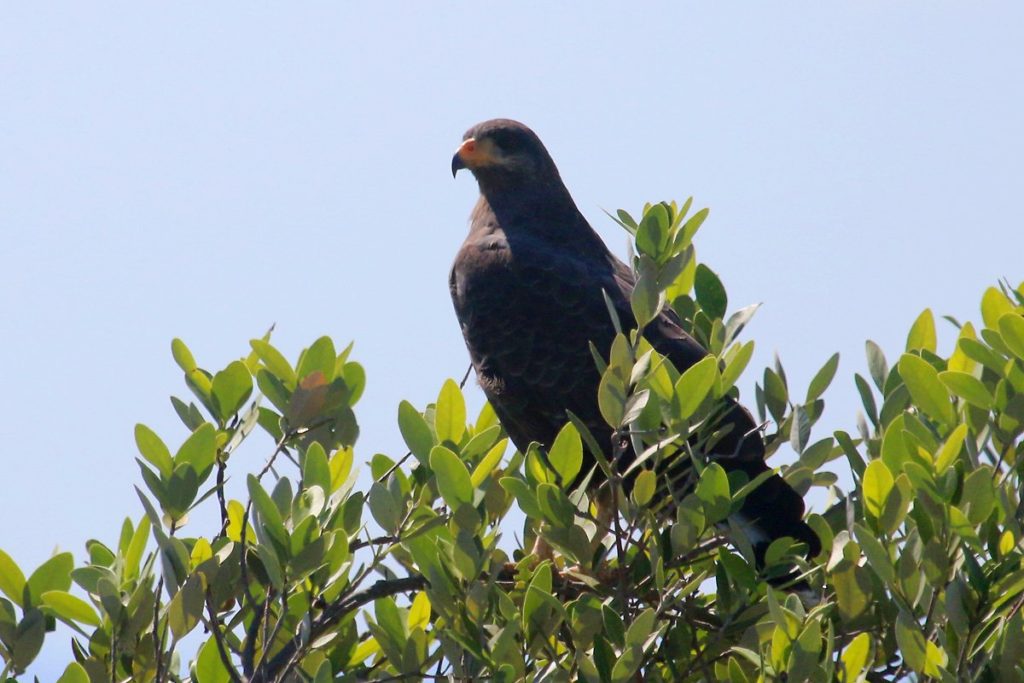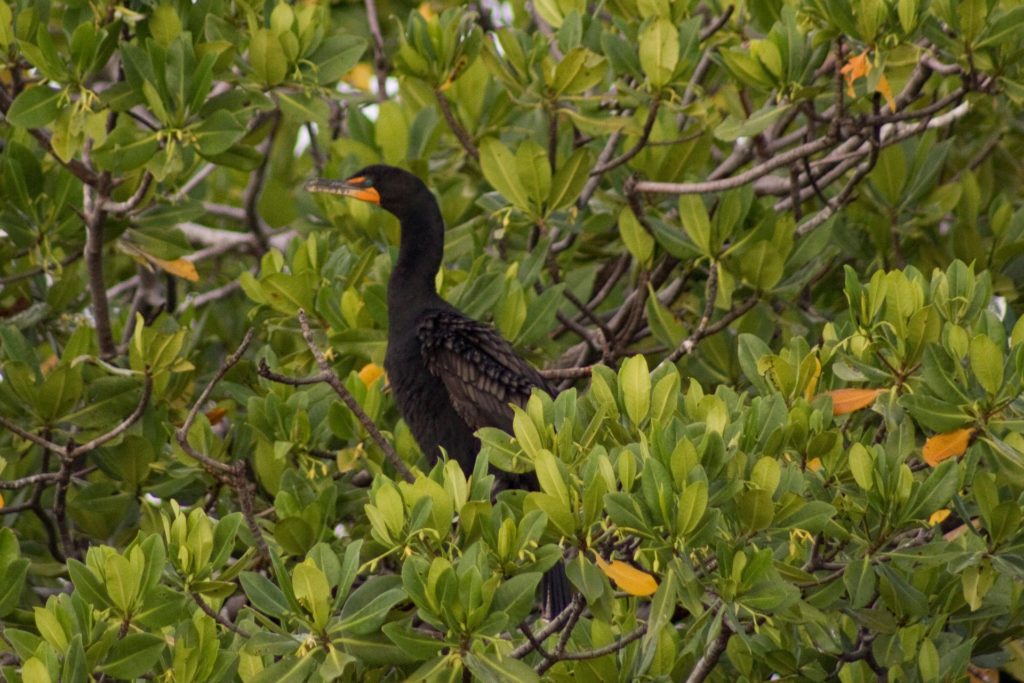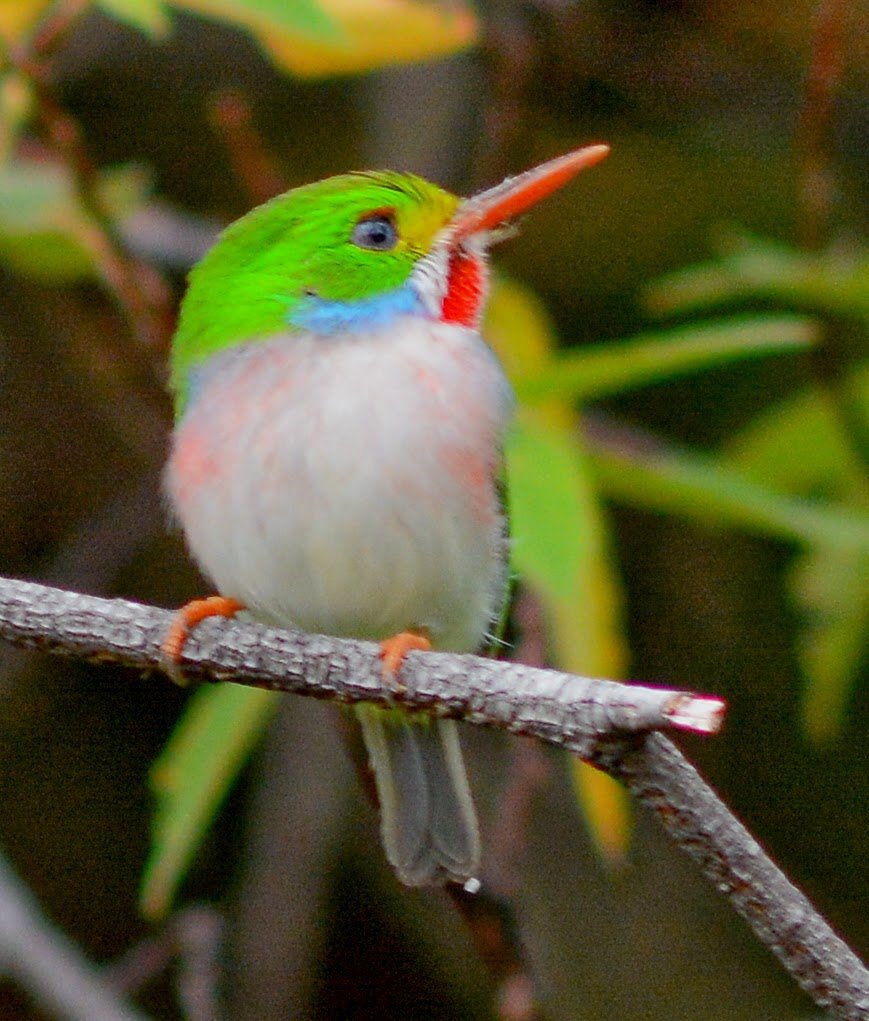WILDLIFE
Cuba is the largest island in the Caribbean, a well preserved tropical ecosystem, home of a wide biodiversity. Many areas in this fascinating country are popular wildlife viewing and research destinations, offering a unique range of cultural experiences, eco-friendly accommodations, humanitarian opportunities, and community based experiences. The region’s abundance of flora and fauna, as well as the diverse landscapes including tropical rain forests and protected marine parks, provide unique wildlife encounters, and great opportunities for researching, learning about and experiencing examples of effective parks and protected areas with sustainable management practices.


Daydreaming of Cuba typically leads to images of being enveloped in crystalline, azure waters, surrounded by blue skies, lush green forests, and a symphony of mingling accents, animal chatter, and island rhythms. Cuba supports a range of rich ecosystems, some islands and archipelagos remain largely unspoiled and waiting to be discovered, explored and protected.
Cuba has no real winter period, and the sun shines here throughout the year. With over 12 hours of sunshine a day, the sun rises at about 6 am and sets at about 6 pm consistently throughout the year.
There is no question at all that, in relation to the number of species and species only found in the country (endemic species), Cuba is the single most important island in the New World, comprises more than one-third of the land area in the Caribbean, boasts nearly four times as many plant species as Jamaica and almost 12 times as many as Puerto Rico. Recent biological surveys show that 40 percent of species of macro-fauna (animals, including insects, reptiles, and amphibians, visible to the naked eye) that they encountered are endemic species. More than 50% of the most important ecosystems and 55 % of the endemic species of Caribbean islands are found in Cuba. Cuban marine and coastal ecosystems are particularly outstanding – more than 95 % of its shelf is fringed by coral reefs, sea grass beds cover half of the Cuban shelf and mangroves represent one fifth of Cuban forests.


